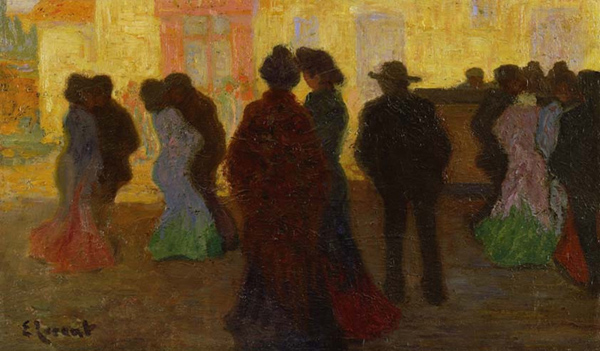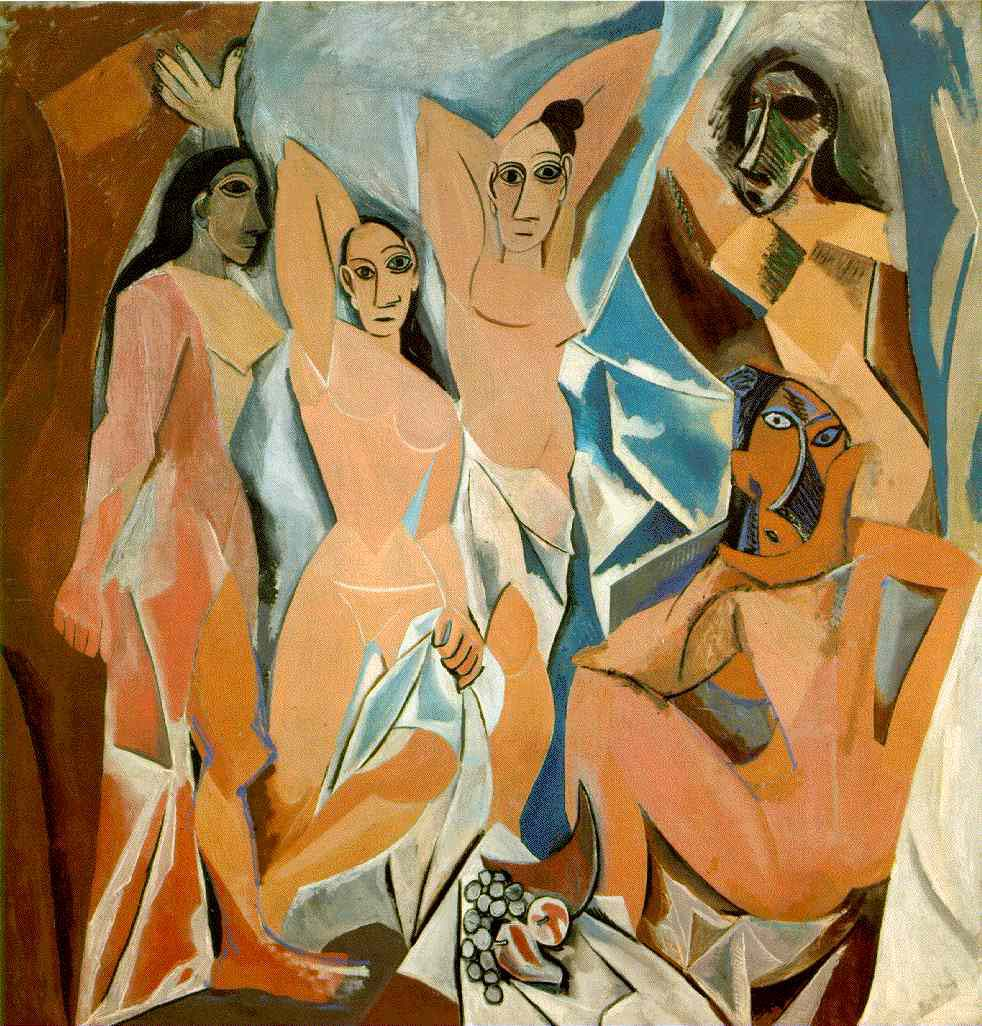“Barcelona 1900”, at the Van Gogh Museum in Amsterdam, is an ambitious and exhilarating sprawl of an exhibition, a brave attempt to recreate – in, of all places, grey and wintry Holland – some sense of what it was like to be alive in Spain’s most vibrant city more than a hundred years ago.
Ramon de Banos’s short black-and-white film of 1909, Barcelona by Tram, makes for a vivid introduction to the show. With inventive abandon, the film-maker strapped his camera to the front of one of the city’s trams and simply let it run, drawing curious stares from top-hatted Catalunyan bankers and industrialists, capturing horse-drawn hansoms moving sedately along the Rambla, and preserving forever the ungainly movements of a wide-eyed, ill-shod boy scampering out of the vehicle’s way. The film establishes the momentum of the exhibition – a headlong rush through painting, sculpture, architecture, design, photography and decorative arts in the heyday of the modernista movement – and conveys an appropriate sense of



